Recent Advances in Multilayer-Structure Dielectrics for Energy Storage Application
- PMID: 34519436
- PMCID: PMC8655226
- DOI: 10.1002/advs.202102221
Recent Advances in Multilayer-Structure Dielectrics for Energy Storage Application
Abstract
An electrostatic capacitor has been widely used in many fields (such as high pulsed power technology, new energy vehicles, etc.) due to its ultrahigh discharge power density. Remarkable progress has been made over the past 10 years by doping ferroelectric ceramics into polymers because the dielectric constant is positively correlated with the energy storage density. However, this method often leads to an increase in dielectric loss and a decrease in energy storage efficiency. Therefore, the way of using a multilayer structure to improve the energy storage density of the dielectric has attracted the attention of researchers. Although research on energy storage properties using multilayer dielectric is just beginning, it shows the excellent effect and huge potential. In this review, the main physical mechanisms of polarization, breakdown and energy storage in multilayer structure dielectric are introduced, the theoretical simulation and experimental results are systematically summarized, and the preparation methods and design ideas of multilayer structure dielectrics are mainly described. This article covers not only an overview of the state-of-the-art advances of multilayer structure energy storage dielectric but also the prospects that may open another window to tune the electrical performance of the electrostatic capacitor via designing a multilayer structure.
Keywords: dielectric; energy storage density; multilayer-structure dielectrics.
© 2021 The Authors. Advanced Science published by Wiley-VCH GmbH.
Conflict of interest statement
The authors declare no conflict of interest.
Figures











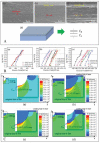




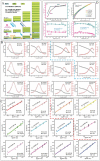


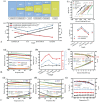
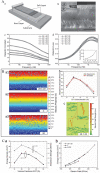





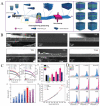
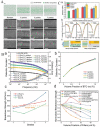
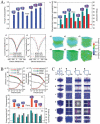
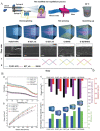
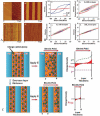



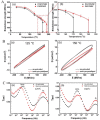

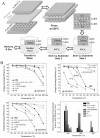
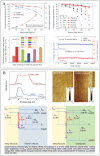




References
-
- Smith B. L., Schäffer T. E., Viani M., Thompson J. B., Frederick N. A., Kindt J., Belcher A., Stucky G. D., Morse D. E., Hansma P. K., Nature 1999, 399, 761.
-
- Zhang X., Xu Y., Zhang X., Wu H., Shen J., Chen R., Xiong Y., Li J., Guo S., Progress in Polymer Science 2019, 89, 76.
-
- Zhao C., Wang Q., ZhenpengYao, J. W. , Sánchez‐Lengeling B., Ding F., Qi X., Lu Y., Bai X., BaohuaLi, H. L.i , Aspuru‐Guzik A., Huang X., Delmas C., Wagemaker M., Chen L., Hu Y.‐S., Scienece 2020, 370, 708. - PubMed
-
- Chen Y., Zhang L., Liu J., Lin X., Xu W., Yue Y., Shen Q.‐D., Carbon 2019, 144, 15.
Publication types
Grants and funding
- U20A20308/National Natural Science Foundation of China
- 51977050/National Natural Science Foundation of China
- 51807041/National Natural Science Foundation of China
- 51807042/National Natural Science Foundation of China
- ZD2020E009/Natural Science Foundation of Heilongjiang Province of China
- 2020T130156/China Postdoctoral Science Foundation
- LBH-TZ2017/Heilongjiang Postdoctoral Financial Assistance
- 2019-KYYWF-0207/Fundamental Research Foundation for Universities of Heilongjiang Province
- 2018-KYYWF-1624/Fundamental Research Foundation for Universities of Heilongjiang Province
- State Key Laboratory of Power System and Generation Equipment
LinkOut - more resources
Full Text Sources
Miscellaneous
